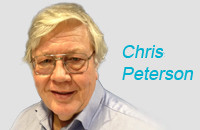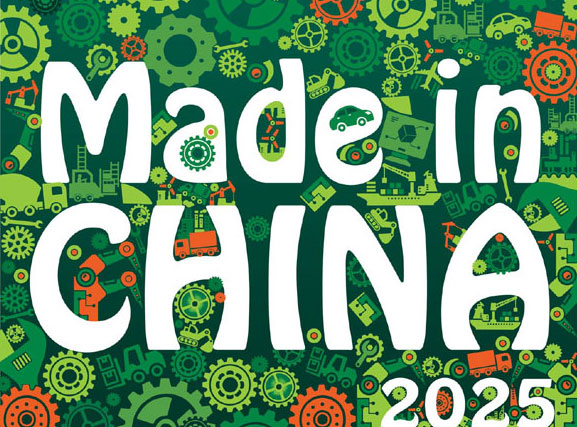A-bomb far less powerful, according to experts
Updated: 2016-01-07 08:29
By Associated Press in Tokyo(China Daily)
|
|||||||||||
The announcement on Wednesday from the Democratic People's Republic of Korea that it had carried out a nuclear test brought to the front lines of global attention a phrase not often heard since the Cold War - "the H-bomb".
As opposed to the atomic bomb, the kind dropped on Japan in the closing days of World War II, the hydrogen bomb, or so-called "superbomb" can be far more powerful - experts said, by 1,000 times or more.
Pyongyang's first three nuclear tests, from 2006 to 2013, were A-bombs on roughly the same scale as the ones used on Hiroshima and Nagasaki, which together killed more than 200,000 people. Pyongyang announced on Wednesday that it had detonated its first H-bomb; while seismic data supported the claim of a large explosion, there was no immediate way to confirm the type.
Atomic bombs rely on fission, or atom-splitting, just as nuclear power plants do. The hydrogen bomb, also called the thermonuclear bomb, uses fusion, or atomic nuclei coming together, to produce explosive energy. Stars also produce energy through fusion.
"Think what's going on inside the sun," said Takao Takahara, professor of international politics and peace research at Meiji Gakuin University in Tokyo. "In theory, the process is potentially infinite. The amount of energy is huge."
The technology of the hydrogen bomb is more sophisticated, and once attained, it is a greater threat. They can be made small enough to fit on a head of an intercontinental missile.
"That the bomb can become compact is the characteristic, and so this means Pyongyang has the US in mind in making this H-bomb announcement," said Tatsujiro Suzuki, professor at the Research Center for Nuclear Weapons Abolition at Nagasaki University.
More technology needed
But the H-bomb requires more technology in control and accuracy because of the greater amount of energy involved, he said. Both the A-bomb and H-bomb use radioactive material like uranium and plutonium for the explosive material.
The hydrogen bomb is in fact already the global standard for the five nations with the greatest nuclear capabilities: China, the United States, Russia, France and United Kingdom. Other nations may also either have it or may be working on it, despite a worldwide effort to contain such proliferation.
The hydrogen bomb was never dropped on any targets. It was first successfully tested in the 1950s by the US, in bombs called Mike and Bravo. Soviet tests soon followed.
Terumi Tanaka, head of Nihon Hidankyo, or the Japan Federation of A-Bomb and H-Bomb Sufferers Organizations, has been working to ban nuclear weapons for years and was stunned by reports of the H-bomb test.
"It defies hopes for progress," he said. "I am outraged."
(China Daily 01/07/2016 page11)
Today's Top News
China voices its 'resolute opposition' to DPRK test
Design exhibition to attract Chinese art works
Germans shaken by mass attacks on women
Concerns grow over Saudi-Iranian rising tensions
Obama tightens gun rules, requires background check
Refugee boy becomes first casualty in 2016
China's high-tech exports beat Japan and South Korea
Growth and reform
Hot Topics
Lunar probe , China growth forecasts, Emission rules get tougher, China seen through 'colored lens', International board,
Editor's Picks

|

|

|

|

|

|






